246794
Pentaerythritol tetraacrylate, Pentaerythritol triacrylate, and Trimethylolpropane triacrylate mixture
Synonyme(s) :
PTA/TMPTA mixture, Pentaerythritol acrylates mixture
About This Item
Produits recommandés
Contient
300-400 ppm monomethyl ether hydroquinone as inhibitor
Indice de réfraction
n20/D 1.483
Densité
1.18 g/mL at 25 °C
Chaîne SMILES
O=C(C=C)OCC(COC(C=C)=O)(COC(C=C)=O)COC(C=C)=O.OCC(COC(C=C)=O)(COC(C=C)=O)COC(C=C)=O.CCC(COC(C=C)=O)(COC(C=C)=O)COC(C=C)=O
Description générale
Application
- As a cross-linking agent to synthesize biodegradable poly (1,3-trimethylene carbonate) (PTMC) networks with improved creep resistance and thermal stability. PMTC networks find application in the field of soft tissue engineering.
- As a monomer precursor to prepare light-curing dental composites via photopolymerization.
- To fabricate polymer-dispersed liquid crystal(PDLC) films with low driving voltage, moderately high contrast ratio, and fast response time. These PDLC films are utilized in optoelectronic devices such as OLEDs, FET, and solar cells.
- As a monomer mixture to prepare 3D bioprinting resins viaphotopolymerization.
Mention d'avertissement
Warning
Mentions de danger
Conseils de prudence
Classification des risques
Aquatic Acute 1 - Aquatic Chronic 1 - Carc. 2 - Eye Irrit. 2 - Skin Irrit. 2 - Skin Sens. 1
Code de la classe de stockage
10 - Combustible liquids
Classe de danger pour l'eau (WGK)
WGK 2
Point d'éclair (°F)
230.0 °F - closed cup
Point d'éclair (°C)
110 °C - closed cup
Équipement de protection individuelle
Eyeshields, Faceshields, Gloves, type ABEK (EN14387) respirator filter
Certificats d'analyse (COA)
Recherchez un Certificats d'analyse (COA) en saisissant le numéro de lot du produit. Les numéros de lot figurent sur l'étiquette du produit après les mots "Lot" ou "Batch".
Déjà en possession de ce produit ?
Retrouvez la documentation relative aux produits que vous avez récemment achetés dans la Bibliothèque de documents.
Les clients ont également consulté
Notre équipe de scientifiques dispose d'une expérience dans tous les secteurs de la recherche, notamment en sciences de la vie, science des matériaux, synthèse chimique, chromatographie, analyse et dans de nombreux autres domaines..
Contacter notre Service technique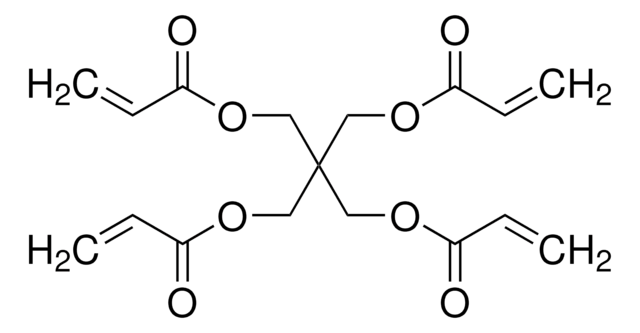
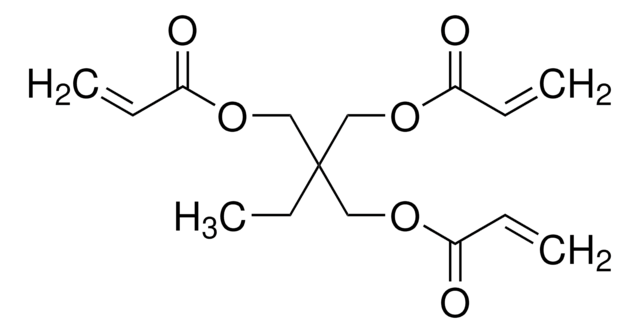
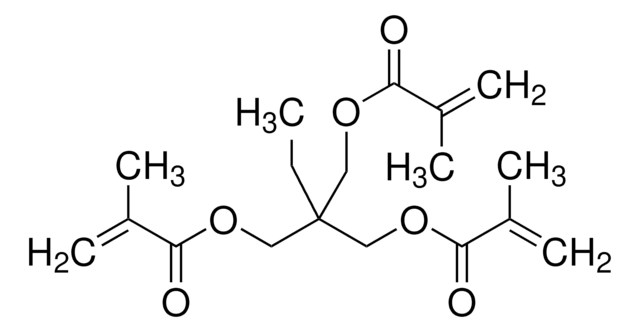
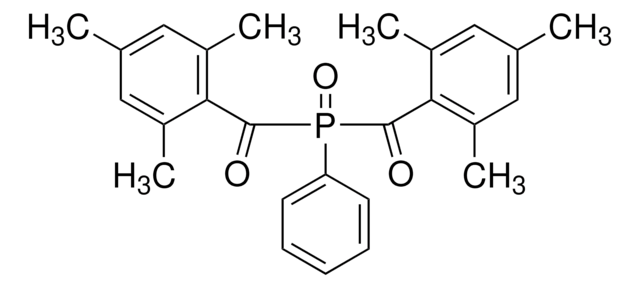

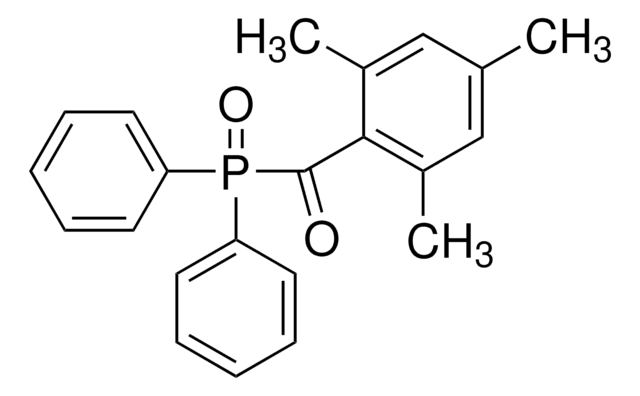
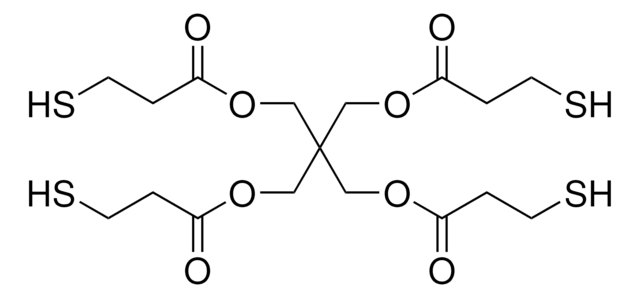


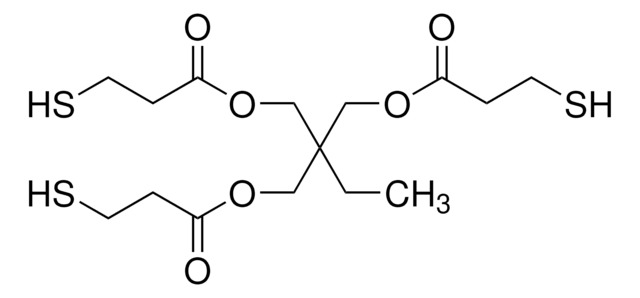



![Tris[2-(acryloyloxy)ethyl] isocyanurate](/deepweb/assets/sigmaaldrich/product/structures/254/494/1a620abc-8043-457f-92ec-87a959682438/640/1a620abc-8043-457f-92ec-87a959682438.png)
